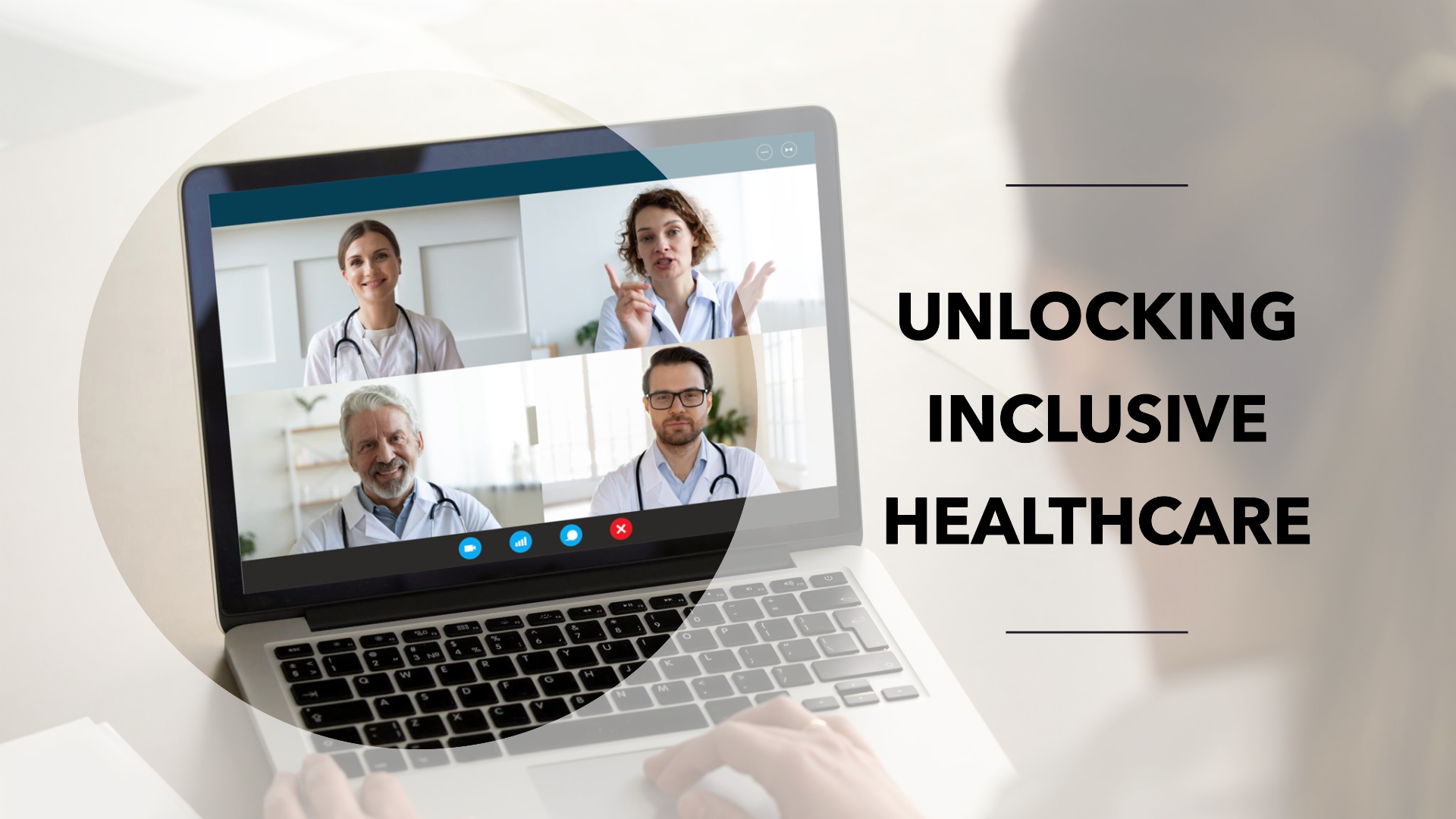I can’t say that telehealth is a new concept. It has been used in medicine before, but it’s only been implemented in a very limited way.
For example, the use of video-conferencing systems has already been used for decades. But it was not until the 1990s that video conferencing systems were introduced to the healthcare industry.
In advance of their use, researchers had to delve into the science of telehealth. They had to understand how people interact with different technologies, such as video conferencing systems and computerized health management systems (CHMS), and what factors determine whether a system is effective or not.
How TeleHealth Works
Telehealth allows patients and clinicians to communicate online with each other and with health care providers. Telehealth technology uses the Internet, wireless or other communications networks, and telecommunication devices such as smartphones or tablets for patient-doctor communication.
The idea is that the doctor can talk to a patient’s doctor, who can talk to the patient’s doctor, and so on, all over the world in real time. This allows doctors and patients to work at their own convenience even if they are hundreds of kilometers apart.
There are many telehealth applications available today:
- Telecare: A way for a patient who has an illness that requires an intensive treatment to arrange for the treatment while he is in his home country
- Telemedicine: A way for a doctor in one country to prescribe medicine that has been made available in another country
- Telepsychiatry: A way for a psychiatric physician to make appointments with his patients anywhere in the world using communication tools like Skype or Zoom
Interoperability between different telehealth platforms is key. The main challenge lies in interoperability between different telehealth systems (e.g., between CDSH/EHRs and EHRs). In addition, interoperability between different health care systems (e.g., medical device interoperability) may be required as well as interoperability between different telehealth systems (e.g., within EMS systems).
How Telehealth is Beneficial to Patients and Clinicians
Telehealth can be used to improve the quality of care and make healthcare more convenient. Telehealth is a trend today, and it is going to be more common in the future. Healthcare systems should take advantage of this trend by adopting telehealth.
Patients should have access to accurate medical information and various health services, so that they can manage their health better. Telehealth will allow patients to see doctors or other healthcare providers in one location, rather than visiting multiple facilities across different locations.
Clinicians can use telehealth tools to administer treatment accurately and efficiently. Telehealth tools can also help clinicians keep track of medications and monitor blood pressure, heart rate and other vital information for patients in real time. Patients will have access to healthcare records as well as medical histories from various hospitals or clinics that are conveniently available online at their convenience.
Telehealth is an important part of telemedicine (which has been around for more than a decade) because it allows clinicians to provide better care with less resources, and make it easier for patients using telemedicine services not available in their area (such as a remote patient monitoring).
Telehealth can also be used as an educational tool for patients and even clinic staff who are new to the field of medicine but still need some basic knowledge about how medicine works.
The Future of Telehealth and Healthcare
Healthcare is a huge, growing industry, and there are billions of dollars at stake. It’s a market ripe for disruption. Telehealth is one method of doing that.
In the past few years, many healthcare organizations have begun to recognize the value in telehealth and are investing in it. In fact, telehealth is expected to be worth $235 billion by 2022.
Telehealth helps healthcare organizations adjust their equipment and process to work with patients as they move through their illness journey. It’s a way for clinicians to provide more personalized care to patients, so they can get the best results possible and keep them healthier longer.
However, while they offer a lot of promise to healthcare companies across the board, from hospitals and medical centers to doctors and patients, there are still some significant challenges that need to be addressed before telehealth can achieve its full potential:
- Healthcare organizations face immense regulatory hurdles
- The cost of implementing telehealth systems is still very high
- Complicated communication systems need improving upon before patients can make informed choices about what type of treatment they want
- There’s still plenty of room for innovation because there isn’t yet a clear winner in this space (as far as we know). So those are some interesting challenges facing healthcare organizations as they take advantage of this promising technology
Which ones do you think need addressing? Which ones don’t you think will be addressed? Are there any other challenges or benefits you would like to see addressed? Are there any other ways that telehealth could help healthcare better organize itself? What would you like your company or organization’s response be if someone offered you this kind of opportunity? Let me know what you think!
I was inspired to write this article after my conversation with Prof. Joe Kvedar, MD – Senior Advisor – MGH Center for Innovation in Digital Healthcare; Professor of Dermatology at Harvard Medical School; Board Chair at American Telemedicine Association; Author & Thought Leader in Connected Health.
Watch Episode #53 of Digital Health & Wearables Series:
Contact us for more relevant details. To find out more about how we can help you with your Digital Healthcare Transformation, Healthcare organizational growth, or Healthcare brand positioning, please get in touch via phone +44 (0) 203 3620421 or via e-mail: info@digitalsalutem.com





